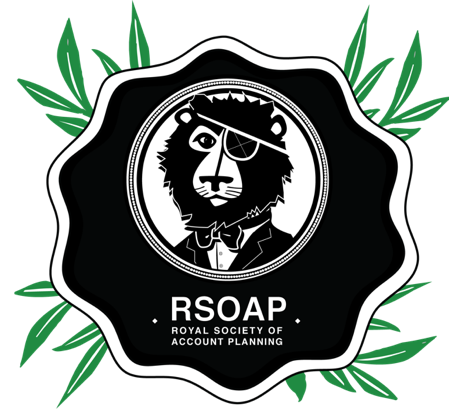
If you don't know her already, you should. Heather is an international strategist at DDB and the author of the loved planning blog "buy me and i'll change your life."
But, every year she does something that can only be described as epic.
She interviews the entire planning world.
Why is that so important? For most of the year, the voice of Account Planning is the voice of it's leaders, public speakers, and the plannersphere. Their wisdom guides us and inspires us, but the voice of planning as a whole is silent.
But, once a year, planning grows a central nervous system and comes close to feeling its whole body all at once. And when that happens we get a glimpse of who we really are and what we really stand for.
That is why the annual account planning survey is so important for all of us. It's a mirror into the very soul of our industry.
This year the survey was the best yet. Participation has been through the roof, and Heather is busy distilling 100 pages of raw answers into 40 pages of premium planning wisdom. Cheers to Heather and all her hard work! Bravo!
But, we must wait for that. For now, we just get a sneak peak.
Heather has given us the raw answers to one subject. What makes a planner ready for a promotion? This was asked to Planning Directors only and covers all levels from assistant planner up to group planning director.
To quote Heather..."let the games begin…"











